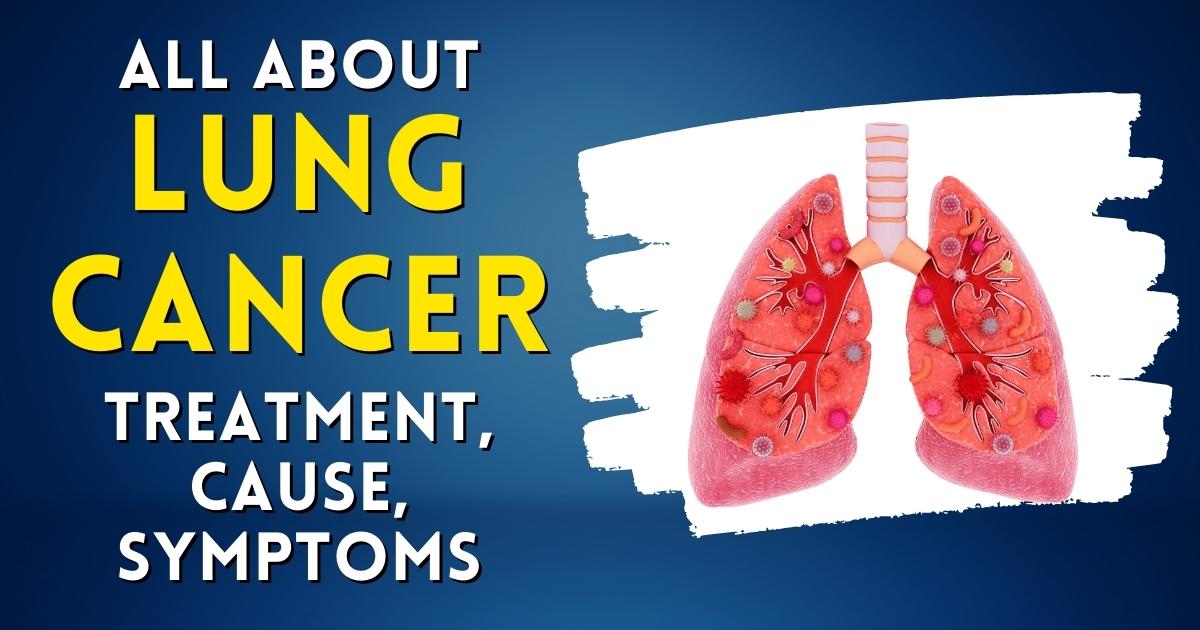Lung cancer is a severe and often deadly disease, but there is hope for those diagnosed. Advances in treatment options and breakthroughs in research are constantly being made, giving patients more options and better chances of survival. Keep reading to learn about the latest therapies and breakthroughs in lung cancer treatment.
Lung cancer is one of the principal forms of cancer worldwide. And result in an estimated 1.76 million deaths each year. Treatment options for lung cancer have come a long way in the last two decades. And new strategies are constantly being explored to provide better treatment. And support for those affected by this deadly disease.
This article will look at all aspects of lung cancer treatments available today, from traditional therapies such as chemotherapy to cutting-edge research into more targeted treatments.
Causes of Lung Cancer:
Lung cancer remains one of the most common forms of cancer, and its causes and prevention methods are still being studied. At the same time, treatments for lung cancer have improved over the past decade. It is essential to understand what contributes to the development of this deadly disease to reduce its risk. This article will explore the various causes of lung cancer and how these can be addressed through lifestyle changes or medical interventions.
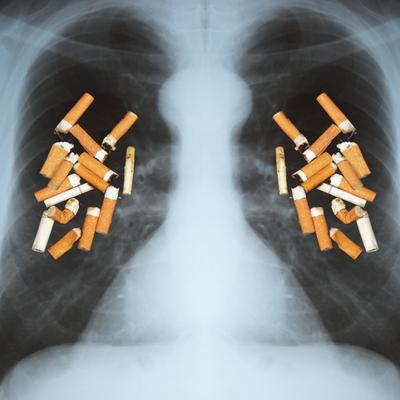
Smoking is the leading cause of lung cancer:
Lung cancer is primarily caused by smoking, as the harmful chemicals in cigarette smoke can damage the cells lining the lungs. The damage begins almost immediately upon inhaling the smoke. While the body may initially attempt to repair it, repeated exposure can lead to increasingly severe damage. Over time, this damage can cause cells to behave abnormally and potentially develop into cancer. Other factors, such as exposure to radon or air pollution, may also contribute to the development of lung cancer.
Sign and Symptoms of lung cancer:
- Swollen lymph nodes above your collarbone
- A mass in your abdomen
- Weak breathing
- Abnormal sounds in your lungs
- Dullness when your chest is tapped
- Unequal pupils
- Droopy eyelids
- Weakness in one arm
- Expanded veins in your arms, chest, or neck
- Swelling of your face
- A new cough that doesn’t go away
- Coughing up blood, even a tiny amount
- Shortness of breath
- Chest pain
- Hoarseness
- Losing weight without trying
- Bone pain
- Headache
Side effects or Complications of lung cancer
Lung cancer can cause complications, such as:
Side effects of lung cancer: Shortness of breath
People with lung cancer can experience shortness of breath if cancer grows to block the central airways. Lung cancer can also cause fluid to accumulate around the lungs. And you are making it harder for the affected lung to expand when you inhale fully.
Read More: Haemophilia Treatment
Side effects of lung cancer: Cough with Blood
Lung cancer can cause bleeding in the airway, which can cause you to cough up blood (hemoptysis). Sometimes bleeding can become severe. Treatments are available to control bleeding.
Side effects of lung cancer: Chest Pain
Advanced lung cancer that spreads to the lining of a lung or another area of the body, such as a bone, can cause pain. Tell your doctor if you experience pain, as many treatments are available to control pain.
Fluid in the chest (pleural effusion):
Lung cancer can cause fluid to accumulate in the space surrounding the affected lung in the chest cavity (pleural space). Fluid accumulating in the chest can cause shortness of breath. Treatments are available to drain the fluid from your chest and reduce the risk that pleural effusion will occur again.
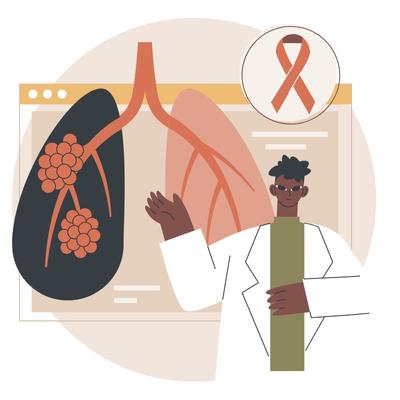
Cancer spreads from one to other body parts (metastasis):
Lung cancer often spreads (metastasizes) to other body parts, such as the brain and the bones. Cancer that spreads can cause pain, nausea, headaches, or other signs and symptoms depending on what organ is affected. Once lung cancer has spread beyond the lungs, it’s generally not curable. lung cancer treatments are available to decrease the signs and symptoms of lung cancer and help you live longer.
Understanding the Different Types of Lung Cancer:
Lung cancer is not a single disease but rather a group of diseases that can be classified into two main types: non-small cell lung cancer (NSCLC) and small cell lung cancer (SCLC).
NSCLC is the most common type, accounting for about 85% of all lung cancer cases. It is further divided into three subtypes: adenocarcinoma, squamous cell carcinoma, and large cell carcinoma.
SCLC is less common, accounting for about 10-15% of all lung cancer cases, but it is more aggressive and tends to spread quickly. Understanding your lung cancer type is essential for determining the best treatment options.
Diagnosis of Lung Cancer:
Lung cancer is one of the most severe and life-threatening forms of cancer. An accurate diagnosis is essential for successful treatment. Lung cancer diagnosis requires a detailed medical history, physical examination, imaging tests, and biopsy. This article will overview the various methods used to diagnose this disease. It will explain what types of tests may be necessary, how these tests work, and discuss their advantages and disadvantages.
For Lung cancer Treatment Tests may include:
Imaging tests: An X-ray image of your lungs may reveal an abnormal mass or nodule. A CT scan can reveal small lesions in your lungs that might not be detected on an X-ray.
Sputum cytology: If you have a cough and are producing sputum, looking at the sputum under the microscope can sometimes reveal the presence of lung cancer cells.
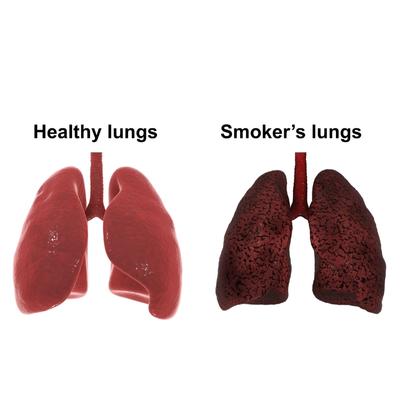
Biopsy Test: A sample of abnormal cells may be collected from an affected area in a biopsy test.
Risk factors for lung cancer include:
Smoking is most role play for lung cancer:
Your risk of lung cancer increases with the number of cigarettes or tobacco you smoke daily and the years you have smoked. Quitting at any age can significantly lower your risk of developing lung cancer.
Read More: Treatments of Malaria
Exposure to secondhand smoke:
Even if you don’t smoke, your risk of lung cancer increases if you’re exposed to secondhand smoke.
Previous radiation therapy:
Suppose you’ve undergone radiation therapy to the chest for another type of cancer. In that case, you may have an increased risk of developing lung cancer.
Exposure to radon gas:
Radon is produced by the natural breakdown of uranium in soil, rock, and water, eventually becoming part of the air you breathe. Unsafe levels of radon can accumulate in any building, including homes.
Asbestos and other carcinogenic agents:
Workplace exposure to asbestos and other substances are known to cause cancer, such as arsenic, chromium, and nickel, can increase your risk of developing lung cancer, especially if you’re a smoker.
Family history of lung cancer:
People with a parent, sibling, or child with lung cancer have an increased risk of the disease.
In addition, we will discuss some current lung cancer treatment methods for those already diagnosed.
Available lung cancer treatment:
Lung cancer is a severe condition that affects many individuals worldwide. It is one of the most common types of cancer and can be pretty aggressive. Fortunately, various treatments are available to help treat this disease and improve the quality of life for those affected. This article will explore some of the treatments available for lung cancer. And to provide insight into the options available to patients and their families.
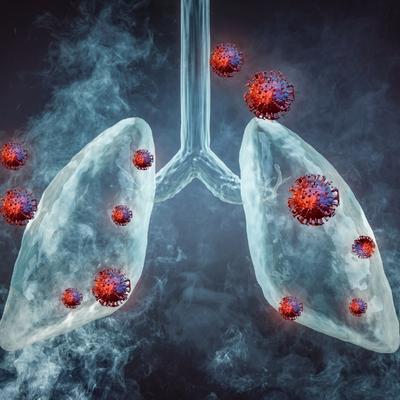
Surgery for lung cancer treatment:
There are several options for lung cancer treatment, depending on the stage and severity of the cancer. Surgery is one option, where the surgeon will remove the cancerous tissue and a healthy tissue margin. It can include a wedge resection for a small lung section. And a segmental resection for a more significant portion of the lung.
A Lobectomy for the entire lobe of one lung. Or a Pneumonectomy for the entire lung. Lymph nodes may also be removed during surgery to check for signs of cancer. Surgery may be the best option if the cancer is confined to the lungs. However, chemotherapy or radiation therapy may be recommended before surgery to reduce cancer. After surgery, chemotherapy or radiation therapy may also be recommended if there is a risk of cancer cells remaining or cancer recurring.
Radiation therapy for lung cancer treatment:
Radiation therapy is a standard treatment for lung cancer, especially for non-small-cell lung cancers that cannot be treated surgically. However, it is typically delayed for at least a month after surgery to allow the wound to heal. This therapy uses high-energy beams, such as X-rays and protons, to target and kill cancer cells.
Read More: Best Pneumonia Treatment
During the treatment, you will lie on a table. At the same time, a machine moves around you, directing the radiation to specific points on your body. Radiation may be used before or after surgery for locally advanced lung cancer, often combined with chemotherapy. If surgery is not an option, combined chemotherapy and radiation therapy may be the primary treatment. Advanced lung cancers have spread to other areas of the body. Radiation therapy may help relieve symptoms like pain.
Chemotherapy for Lung cancer Treatment:
Lung cancer treatment often involves chemotherapy, which uses drugs to target and kill cancer cells. These drugs can be administered through an IV or taken orally. And are typically given in a series of treatments over several weeks or months. Chemotherapy may be used after surgery to eliminate any remaining cancer cells or in combination with radiation therapy.
In some cases, chemotherapy may be used before surgery to shrink tumors and make them easier to remove. Chemotherapy can also help alleviate symptoms such as pain for individuals with advanced lung cancer.
Stereotactic body radiotherapy for Lung cancer Treatment:
For individuals with small lung cancers who are not eligible for surgery, stereotactic body radiotherapy (SBRT) may be a viable treatment option. This form of intense radiation therapy is also known as radiosurgery. It delivers multiple radiation beams from various angles directly to the cancerous area. Typically, SBRT treatment can be completed in just one or a few sessions. Additionally, SBRT may treat lung cancer metastasizing to other body areas, such as the brain.
Targeted Therapy and Immunotherapy in lung cancer treatment:
Targeted therapy and immunotherapy are two of the latest advances in lung cancer treatment. Targeted therapy involves drugs targeting the genetic mutations or proteins driving cancer cell growth.
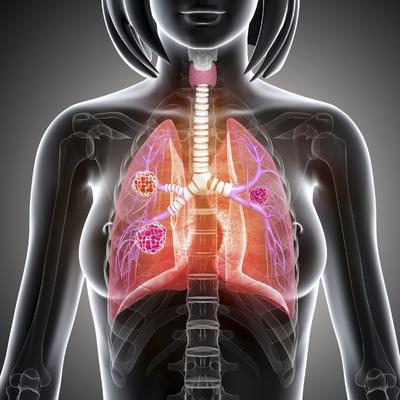
Conversely, immunotherapy works by boosting the body’s immune system to recognize better and attack cancer cells. Both of these treatments have shown promising results in clinical trials. They are becoming more widely available for patients with lung cancer. It’s important to talk to your doctor about whether these treatments may be right for you.
Precision Medicine and Personalized Lung cancer treatment:
Precision medicine and personalized treatment are two buzzwords in lung cancer treatment. Precision medicine involves genetic testing to identify specific mutations in a patient’s cancer cells, which can be targeted with specific drugs.
Personalized treatment takes this further by considering a patient’s characteristics, such as age, overall health, and lifestyle, to create a treatment plan tailored to their unique needs. These approaches are still relatively new, but they promise to improve outcomes for patients with lung cancer.
Clinical Trials and Emerging in Lung cancer Treatment:
Clinical trials are an essential part of advancing lung cancer treatment. These trials test new therapies and treatments to determine their safety and effectiveness. Emerging treatments include immunotherapy, which uses the body’s immune system to fight cancer cells. And targeted therapy targets specific molecules in cancer cells to stop their growth. Patients need to talk to their healthcare provider about clinical trial options and emerging treatments that may be available to them.
Supportive or Palliative Care and Lifestyle Changes in Lung cancer Treatment:
While new therapies and treatments are essential in advancing lung cancer treatment, supportive care and lifestyle changes are crucial in managing the disease. Supportive care can include pain management, nutrition counseling, and emotional support.
Lifestyle changes such as quitting smoking, exercising regularly, and maintaining a healthy diet can also improve overall health and potentially improve treatment outcomes. Patients must talk with their healthcare team to develop a comprehensive treatment plan, including medical and supportive care.
Prevention or home treatment of lung cancer:
There’s no sure way to prevent lung cancer, but you can reduce your risk if you:
Don’t smoke:
- If you’ve never smoked, don’t start.
- Talk to your children about not smoking so that they can understand how to avoid this significant risk factor for lung cancer.
- Begin conversations about the dangers of smoking with your children early, so they know how to react to peer pressure.
Stop smoking:
Stop smoking now. Quitting reduces your risk of lung cancer, even if you’ve smoked for years. Talk to your doctor about strategies and stop-smoking aids that can help you quit. Options include nicotine replacement products, medications, and support groups.
Avoid secondhand smoke:
If you live or work with a smoker, urge them to quit. At the very least, ask them to smoke outside. Avoid areas where people smoke, such as bars and restaurants, and seek smoke-free options.
Test your home for radon:
Have the radon levels checked, especially if you live in an area where radon is known to be a problem. High radon levels can be remedied to make your home safer. For information on radon testing, contact your local department of public health or a local chapter of the American Lung Association.
Avoid carcinogens at work:
Take precautions to protect yourself from exposure to toxic chemicals. Follow your employer’s precautions. For instance, if you’re given a face mask for protection, always wear it. Ask your doctor what more you can do to protect yourself at work. Your risk of lung damage from workplace carcinogens increases if you smoke.
Eat a diet full of fruits and vegetables:
Choose a healthy diet with various fruits and vegetables. Food sources of vitamins and nutrients are best. Avoid taking large doses of vitamins in pill form, as they may be harmful. For instance, researchers hoping to reduce the risk of lung cancer in heavy smokers gave them beta-carotene supplements. Results showed that the supplements increased the risk of cancer in smokers.
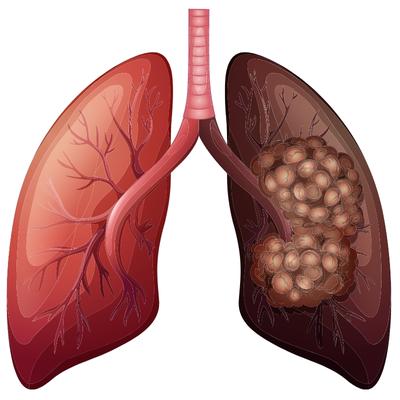
Exercise most days of the week:
Start slow if you don’t exercise regularly. Try to exercise most days of the week.
Lung cancer Treatment: Pros & Cons
Lung cancer is one of the most common cancers and one of the leading causes of death worldwide. With advances in medical technology, there are now a variety of treatments available for lung cancer that can be tailored to the individual’s needs and lifestyle. While these treatments may bring hope and relief to lung cancer patients, they also have risks and drawbacks.
Conclusion of lung cancer treatment:
In conclusion, lung cancer treatment is an ongoing process that requires much dedication and perseverance. It is essential to seek a multi-disciplinary team of experts to help you manage your diagnosis and emotional support from family and friends. Despite the challenges of this disease, they are living a whole and momentous life while under treatment is possible. With advances in medical technology, more people are surviving lung cancer.
Source: Google, Wikipedia, and WHO
==========
Thanks for reading this article. If you have any information related to this article and blog, you can comment or visit the contact us page.
You can also visit the Competitive Exams-related Blog: Learn For Exam
==========

